T4K3.news
Microsoft reveals roadmap for WinUI open-sourcing
Microsoft outlines a phased approach to open-source Windows 11's user interface framework.
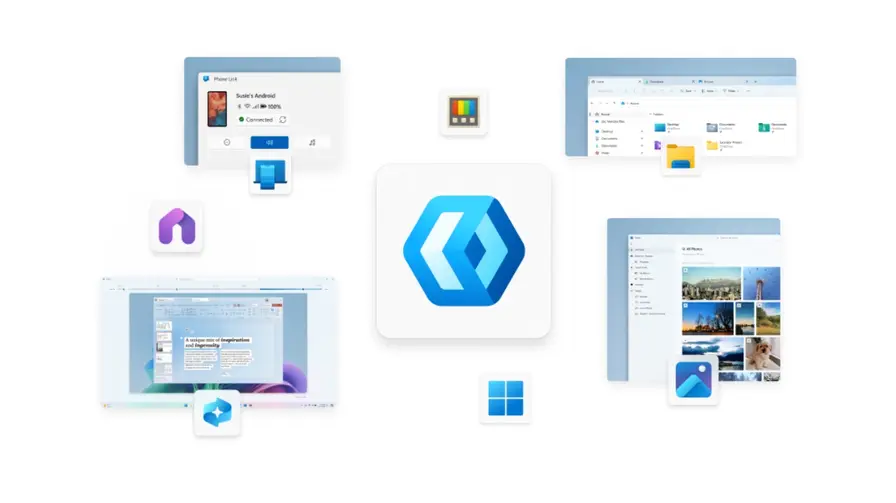
Microsoft aims to make its Windows 11 user interface framework more accessible to developers.
Microsoft plans to open-source Windows 11 user interface framework
Microsoft has announced intentions to gradually open-source WinUI, the user interface framework for Windows 11. This decision comes amid increased demand for open-source contributions from the community. However, the process will not be immediate. Microsoft stated that WinUI's complexity and its ties to proprietary elements of Windows 11 will necessitate a careful untangling of code. The plan lays out a phased approach, starting with increasing transparency through more frequent commits to GitHub, followed by allowing third-party developers to clone and contribute to the code.
Key Takeaways
"This isn’t a flip-the-switch moment, it’s a deliberate process."
Microsoft emphasizes the complexity of the transition to open sourcing.
"Many of you have asked about truly open sourcing the repo."
This reflects community demand for increased transparency and collaboration.
This strategic move reflects a broader trend towards open-source development. By opening WinUI incrementally, Microsoft demonstrates a willingness to engage with developer communities while ensuring security and stability for existing users. Such a shift may foster innovation and foster a more collaborative software ecosystem, which could ultimately benefit both developers and Microsoft as the company navigates its position amidst competition in the tech space.
Highlights
- Microsoft's open-source strategy could reshape developer engagement.
- Phased approach may lead to exciting innovations.
- Community contributions will define the future of WinUI.
- Transparency is key in modern software development.
Potential risks in open-sourcing Windows 11 UI framework
Microsoft's move to open-source WinUI may lead to concerns over security and data privacy. This gradual process is likely to face scrutiny from developers and users critical of the changes.
The future direction of WinUI may set a new standard for collaboration in software frameworks.
Enjoyed this? Let your friends know!
Related News

New insights on the challenges of generative AI

Microsoft halts development on Contraband
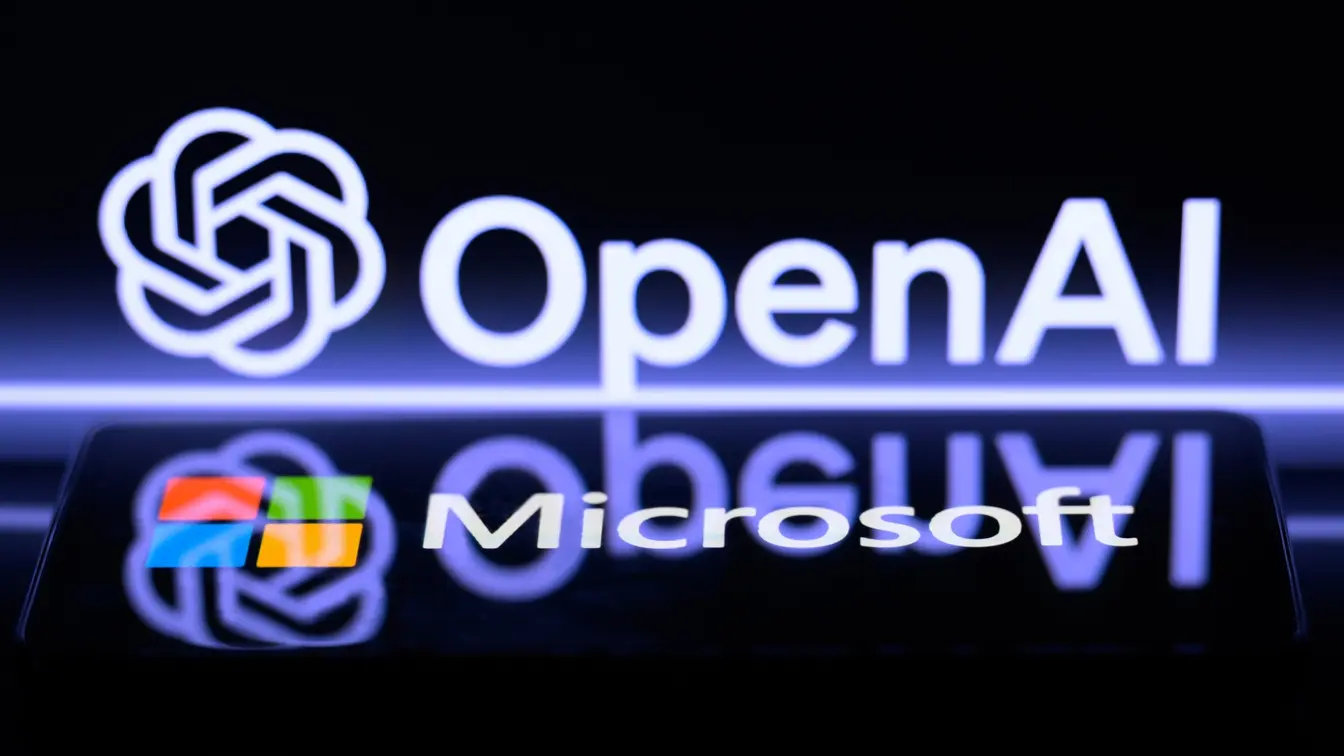
Tensions rise in Microsoft-OpenAI partnership
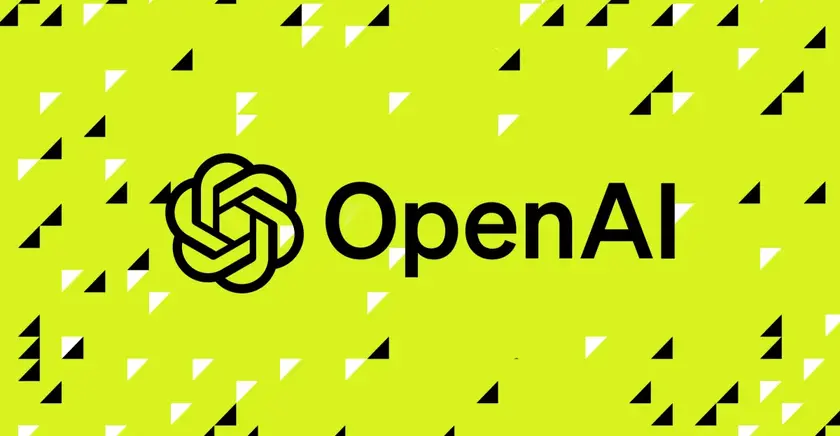
OpenAI to launch GPT-5 in August
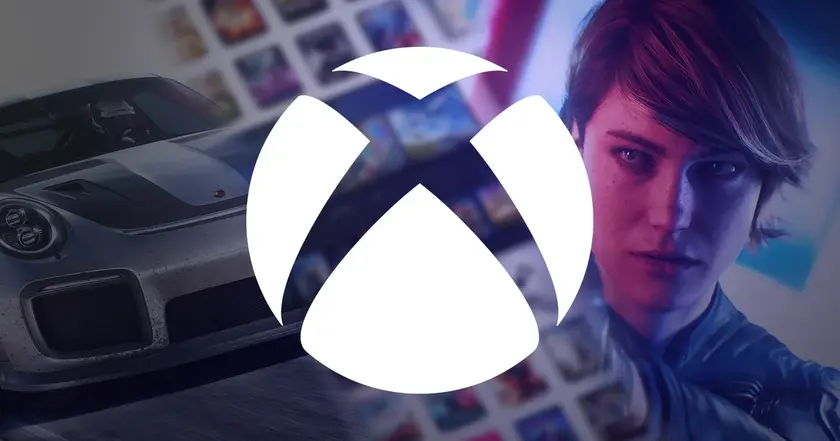
ZeniMax employees criticize Microsoft's mass layoffs
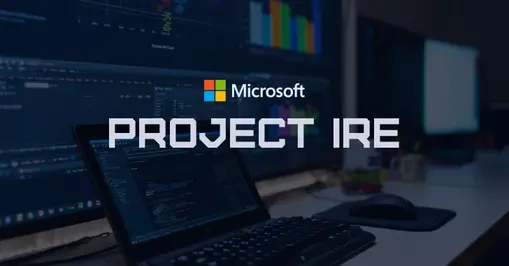
Microsoft launches Project Ire for malware detection
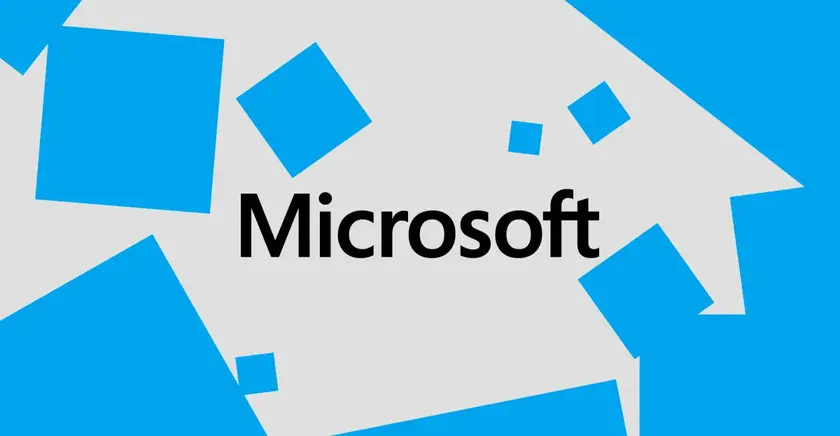
Microsoft addresses security flaw in NLWeb protocol
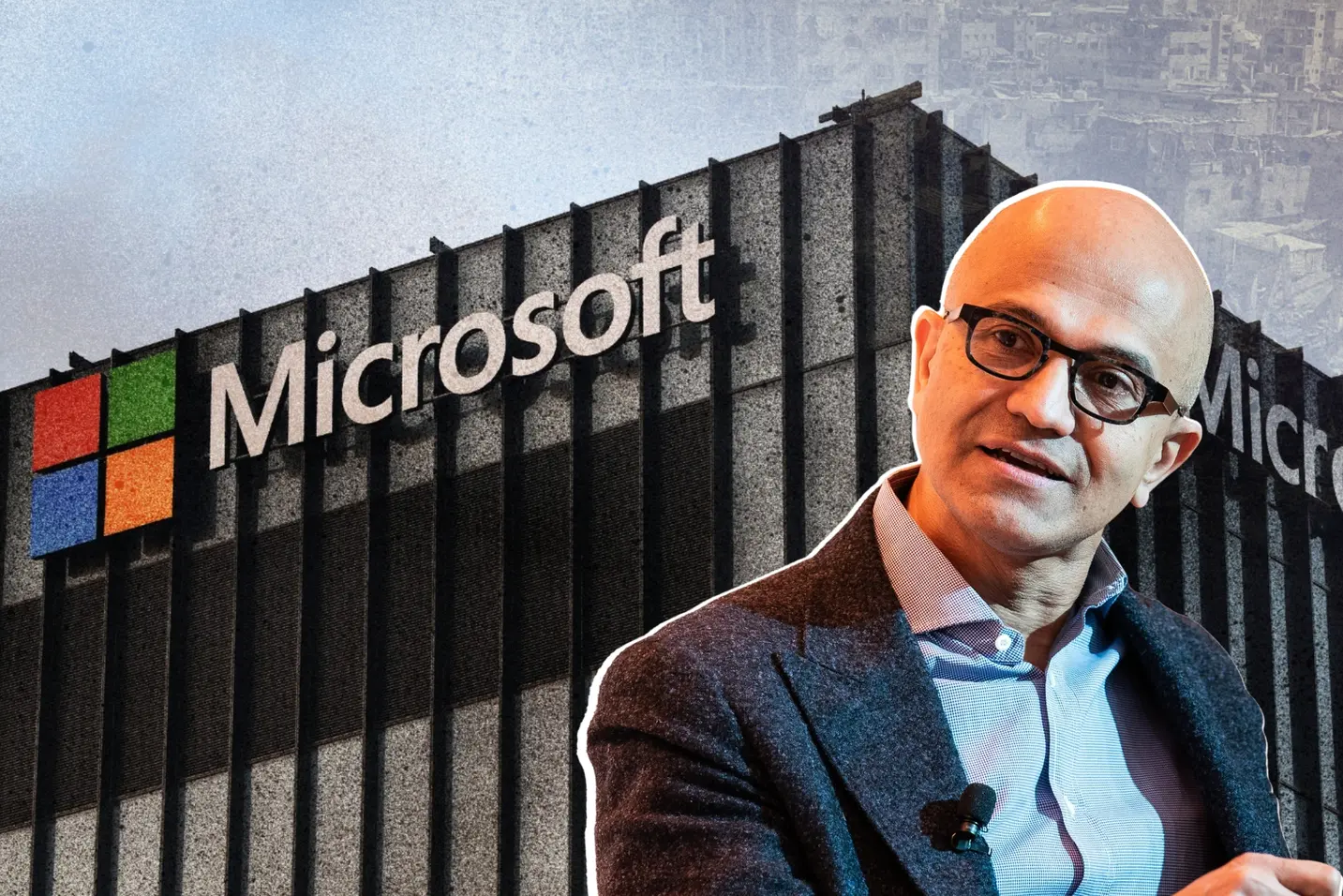
Microsoft's cloud used by Israeli military for surveillance
